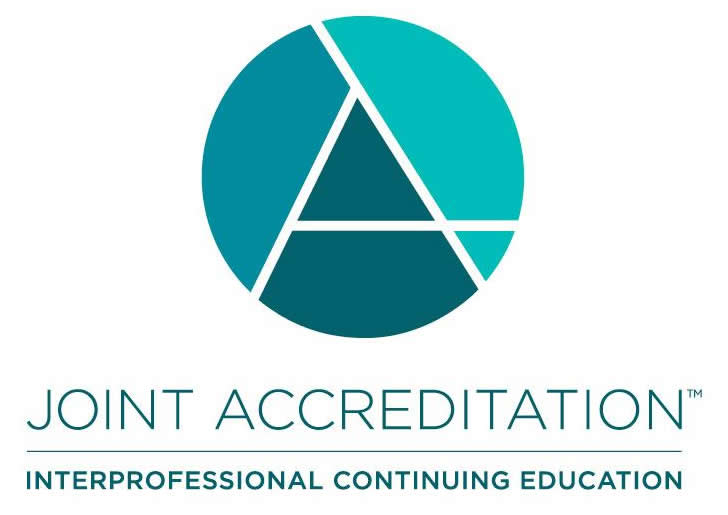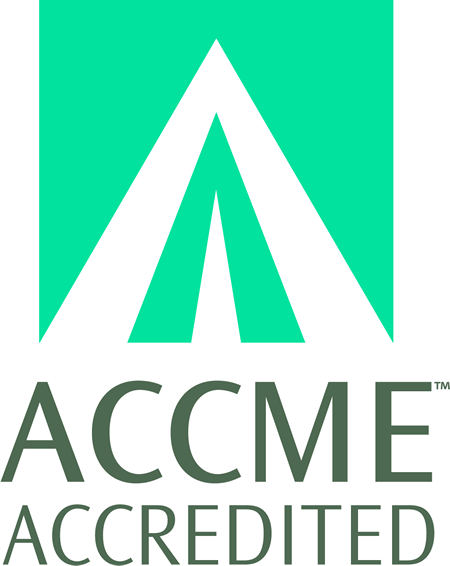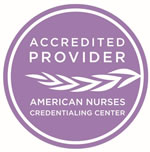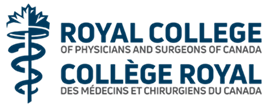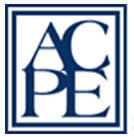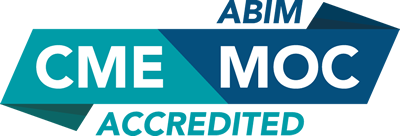
COURSE CREDITS & HOURS
21 AMA PRA Category 1 Credit(s)™21 ACPE Credits
21.0 Contact Hours
21 (part II) MOC points in medical knowledge in the American Board of Internal Medicine's (ABIM) Maintenance of Certification (MOC) program
COURSE FEES
TARGET AUDIENCE
PROGRAM PURPOSE
This educational activity will further the understanding of the learner about sports medicine topics. We will cover musculoskeletal issues so as to improve the comfort zone in dealing with common issues in athletes as well as weekend warriors. Medical professionals that attend these sessions will leave feeling comfortable recognizing and managing issues in young athletes and active adults. Along with the common conditions, we will also review some more complex "zebras" in the field of sports medicine..
- Stress fractures in athletes: Identifying low risk vs. high risk fracture
- Analyze the causes behind this most common of overuse injuries and help identify common causes. Differentiate those fractures which are low vs. high risk
- Describe the hallmark presentation of Jones fracture, tarsal navicular and proximal/anterior tibial stress fractures and femoral neck, and be aware of the implications of missing them.
- Spine Injuries in athletes: differentiating the workup and management in young athletes and adults
- Determine a cost effective work-up algorithm for back pain in young athletes vs. skeletally immature
- Determine the appropriate use of x-rays, MRI, bone scan and CTs.
- Ankle Sprains and foot, ankle/heel mimics
- Recognize simple pediatric overuse injuries of the foot and ankle as timesavers for medical providers.
- A systematic approach to assessment of sports shoulder injuries
- Explain a simple algorithm for the cost-effective work-up of shoulder injuries such as dislocation, separation, impingement and neurologic origin.
- Differentiate and manage dislocated shoulder vs. separated shoulder.
- Initial evaluation and management of sports concussions
- Analyze the current approach to ward timely diagnosis and initial management of sports related concussion
- Be aware of factors that predispose athletes to prolonged recovery from sports concussion.
- Hand, finger, wrist injuries in athletes (including splinting vs. surgical approach)
- Discuss A systematic approach to assessment of hand, finger, wrist, injuriesbe aware of those conditions appropriately treated in primary care vs. those less common conditions that require surgical referralDescribe the differences in "jammed finger" injuries from volar plate injury (ligament tear), mallet finger, Jersey finger, and fracture.
- Concussion part II - post concussion syndrome, complications, research
- Review the current research in concussion evaluation and management
- Be are comfortable with the recognition and treatment options of post-concussion syndrome and some of the other complications of this injury
- The pre-participation sports physical: Making it a worthwhile exercise for parents, athletes, and medical personnel
- Discuss a positive approach to the pre-participation sports physical in gathering valuable medical information, finding the rare "at risk" athlete and doing it in a timely interaction
- Explain the appropriate work-up of infectious mono and safe return to play.
- Exercise induced asthma and vocal cord dysfunction in the approach to athletes with shortness of breath or chronic fatigue
- Analyze the work-up and differential diagnosis for EIA VCD or other conditions that present with shortness of breath or fatigue
- Describe the differential diagnosis of shortness of breath in athletes vs. chronic fatigue
- The evaluation and management of sports knee injuries in young athletes and adults
- Differentiate between injuries that can be treated in primary care vs. those where we need to discuss surgical intervention
- Be aware of and comfortable with recognizing types of knee injuries that occur in active young people and adults
- Treatment of Respiratory Tract Infections in Adults and Children
- Develop treatment strategies for Otitis media, sinusitis and pneumonia
- Immunization Update: Adults
- Develop strategies for implementing new vaccines such as the new shingles vaccine into schedules
- Immunization Update: Pediatrics
- Develop strategies for addressing vaccine hesitancy
- Avoiding Common Diagnostic Pitfalls
- Spot situations can can often lead to diagnostic errors
- Using New Diagnostic Modalities
- Consider how new tests can be cost effectively added to patients they treat
- Animal Bites and Related Syndromes
- Identify common pathogens and treatment guidelines
- Approach to the Patient With Lymphadenopathy
- identify common etiologies incuding EBV, cat scratch and Mycobacteria









